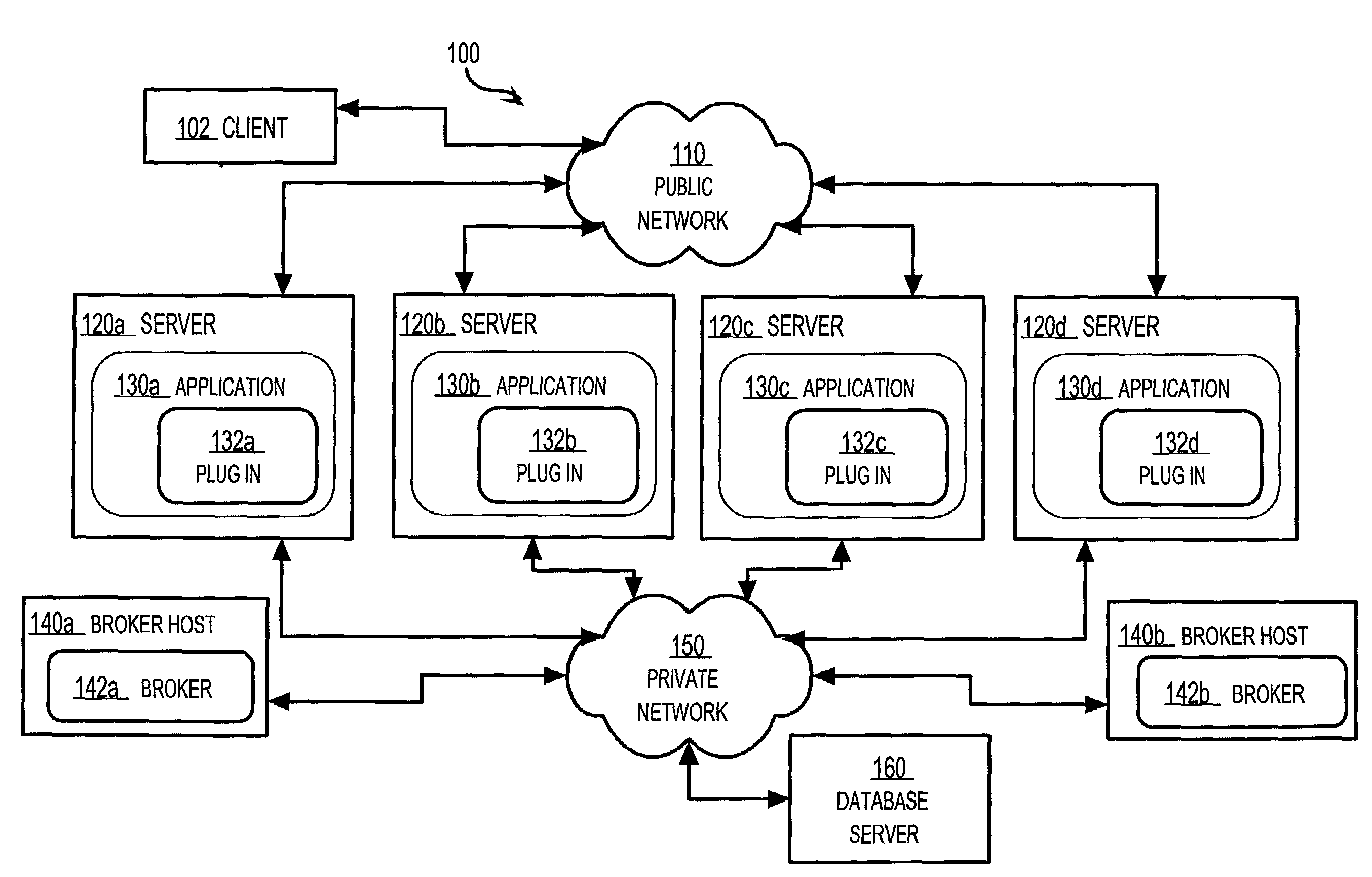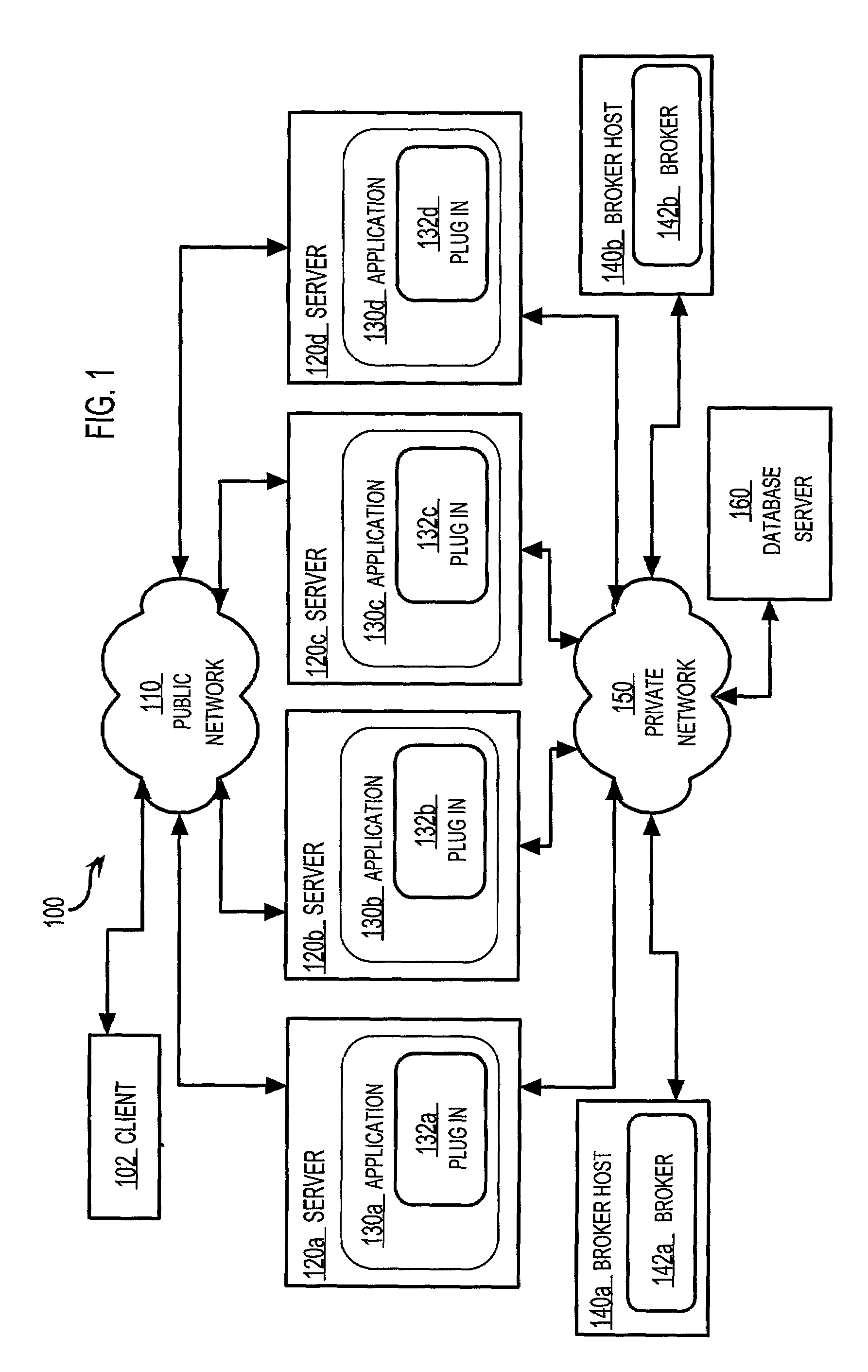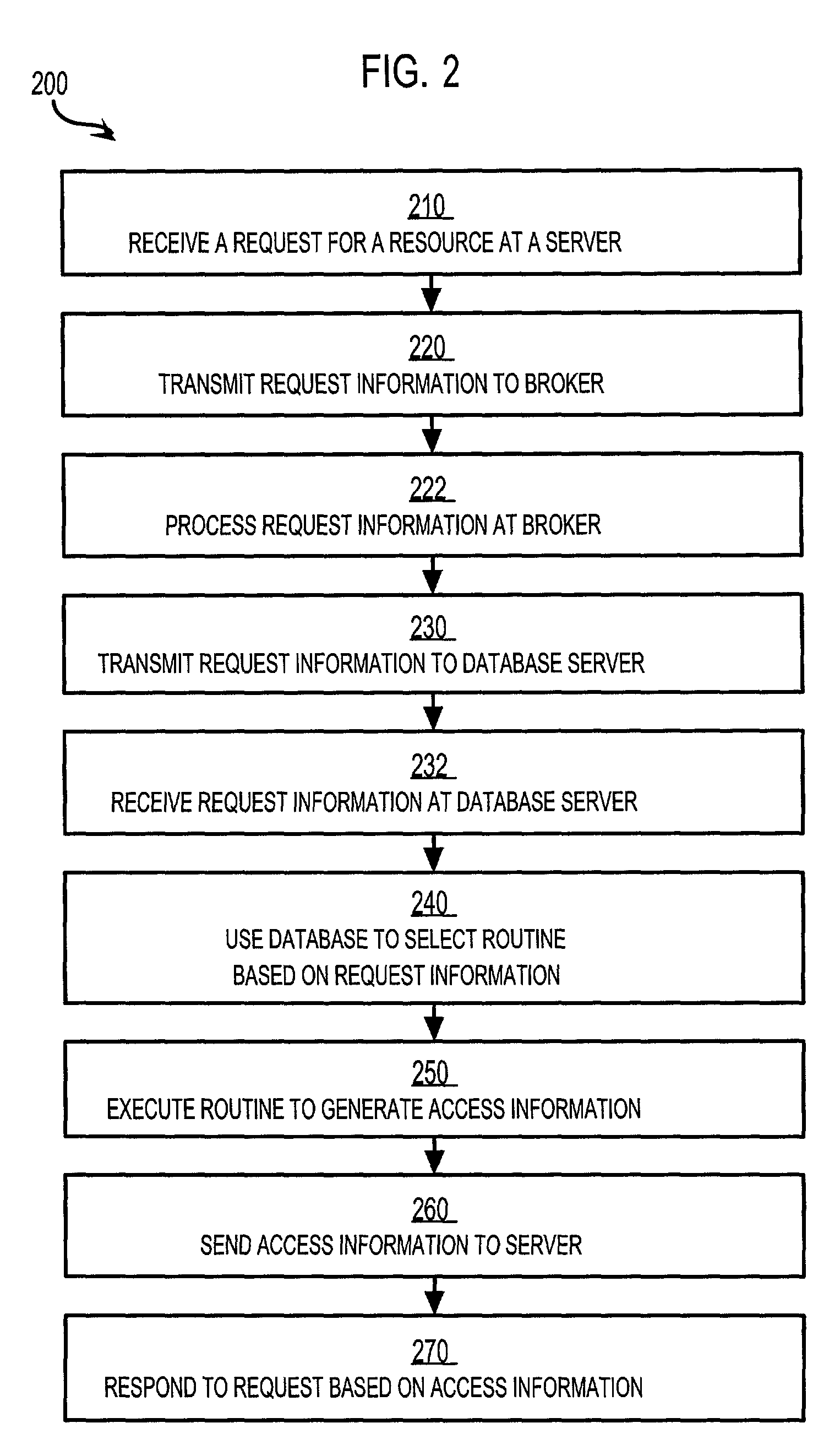Techniques for generating rules for a dynamic rule-based system that responds to requests for a resource on a network
a dynamic rule-based system and rule-based technology, applied in the field of system rules generation, can solve the problems of not always satisfactory, unsatisfactory response, and inability to provide the same service, so as to reduce the computational load on the server and eliminate the effort involved
- Summary
- Abstract
- Description
- Claims
- Application Information
AI Technical Summary
Benefits of technology
Problems solved by technology
Method used
Image
Examples
Embodiment Construction
[0031]A method and apparatus for responding to a request for a resource on a network is described. In the following description, for the purposes of explanation, numerous specific details are set forth in order to provide a thorough understanding of the present invention. It will be apparent, however, to one skilled in the art that the present invention may be practiced without these specific details. In other instances, well-known structures and devices are shown in block diagram form in order to avoid unnecessarily obscuring the present invention.
[0032]In particular, embodiments of the invention are described in the context of a web site including multiple web servers providing web pages and other resources in response to requests from web clients. In this context, the web is the World Wide Web, which is a collection of servers called web servers that provide data in the form of Hyper-Text Markup Language (HTML) pages, called web pages. The HTML pages are transmitted over networks...
PUM
 Login to View More
Login to View More Abstract
Description
Claims
Application Information
 Login to View More
Login to View More - R&D
- Intellectual Property
- Life Sciences
- Materials
- Tech Scout
- Unparalleled Data Quality
- Higher Quality Content
- 60% Fewer Hallucinations
Browse by: Latest US Patents, China's latest patents, Technical Efficacy Thesaurus, Application Domain, Technology Topic, Popular Technical Reports.
© 2025 PatSnap. All rights reserved.Legal|Privacy policy|Modern Slavery Act Transparency Statement|Sitemap|About US| Contact US: help@patsnap.com



